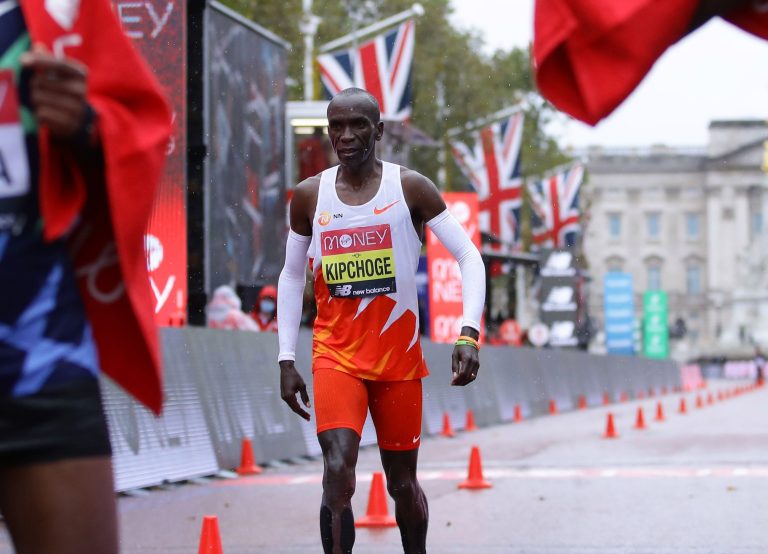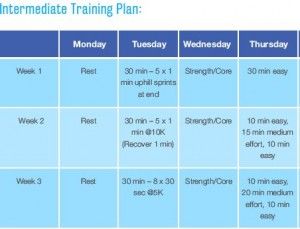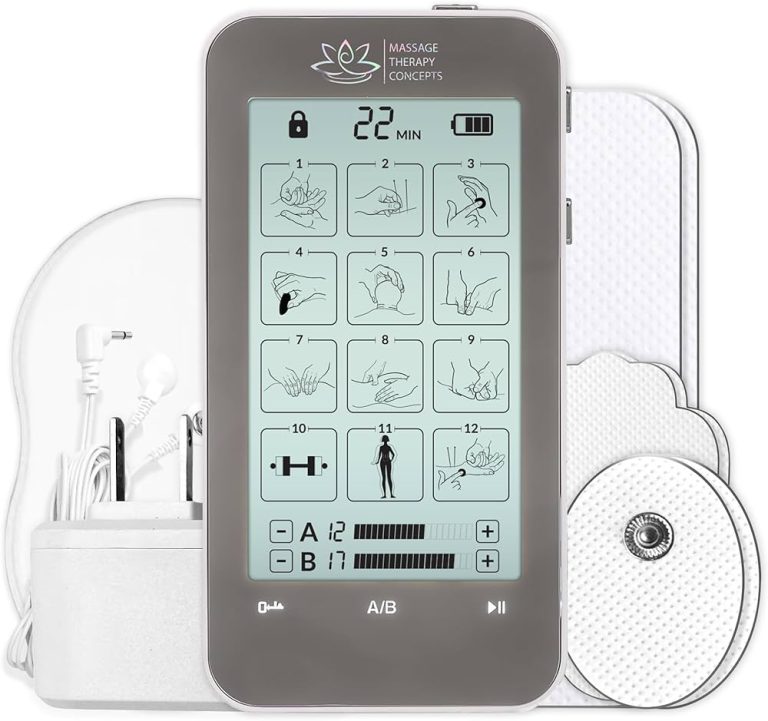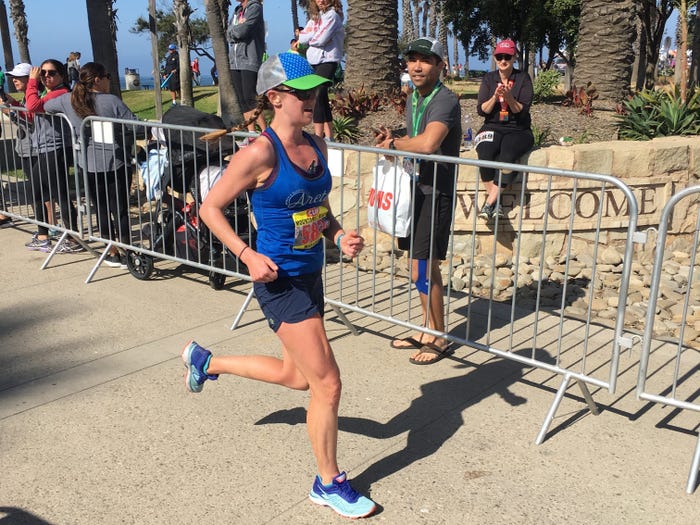Heel Pain After Running
Experiencing heel pain after running may indicate plantar fasciitis, a common overuse injury. Proper footwear and stretching can help alleviate symptoms.
Many runners face the frustrating issue of heel pain following their runs. This discomfort is often caused by plantar fasciitis, an inflammation of the tissue that connects the heel bone to the toes. The repetitive impact and stress of running can exacerbate this condition, leading to sharp pain in the heel.
Fortunately, there are various strategies to manage and prevent this issue, such as wearing supportive footwear, performing specific stretches, and incorporating rest days into your routine. By taking proactive steps to address heel pain, runners can continue to enjoy their favorite activity without disruptions.
Common Causes Of Heel Pain
Heel pain after running is a common complaint among athletes and active individuals. Understanding the common causes of heel pain can help in identifying the issue and seeking appropriate treatment. Here are the primary culprits behind heel pain:
Plantar Fasciitis
Plantar fasciitis is the inflammation of the plantar fascia, a thick band of tissue that runs across the bottom of your foot and connects your heel bone to your toes. It is often characterized by sharp pain in the heel, especially upon taking the first steps in the morning. Factors such as overpronation, high-impact activities, and inadequate footwear can contribute to the development of plantar fasciitis.
Achilles Tendonitis
Achilles tendonitis occurs when the Achilles tendon, located at the back of the ankle, becomes inflamed due to overuse or strain. Runners, particularly those who suddenly increase their training intensity or fail to stretch properly, are susceptible to this condition. Symptoms include pain and stiffness in the heel, especially during physical activity.
Stress Fractures
Stress fractures are tiny cracks in the bones, often caused by repetitive stress or overuse. When it comes to heel pain, stress fractures in the heel bone (calcaneus) or other nearby bones can be a source of discomfort. Runners who engage in high-impact activities without allowing adequate rest periods may be prone to developing stress fractures.
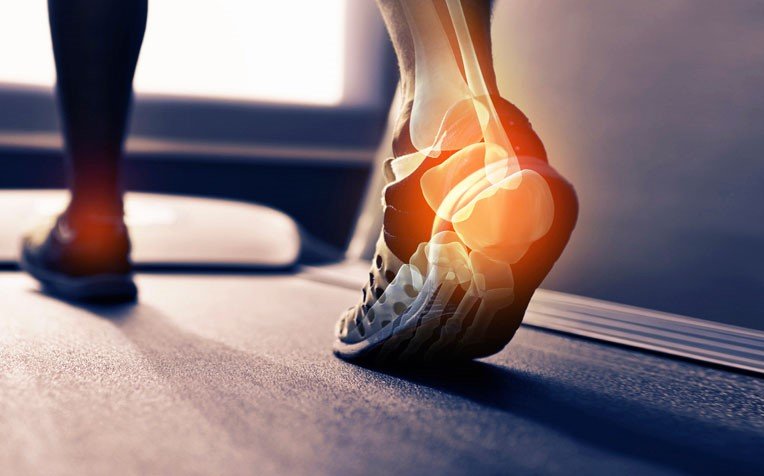
Credit: sydneyheelpain.com.au
Symptoms And Diagnosis
Heel pain after running can be a common issue that many athletes and runners experience. Identifying the symptoms and obtaining an accurate diagnosis is crucial for effective treatment and prevention. Let’s delve into the specific symptoms and diagnostic methods related to heel pain:
Sharp Pain In The Heel Area
One primary symptom of heel pain post-running is experiencing a sharp and intense discomfort directly in the heel region.
Swelling And Inflammation
Another common indicator is the presence of swelling and noticeable inflammation around the affected heel area.
Physical Examination And Imaging Tests
- Doctors typically start with a thorough physical examination, evaluating the heel and surrounding structures.
- If needed, imaging tests such as X-rays or MRIs may be employed to get a detailed view of the internal condition.
Prevention Strategies
Heel pain after running can be prevented through various strategies like wearing proper footwear, using orthotic inserts, practicing stretching exercises, and gradually increasing workout intensity. These preventive measures can help runners avoid discomfort and potential injuries in their heels.
Proper Warm-up And Stretching
Engage in dynamic warm-up exercises to prepare muscles before running.
Implement stretching routine for calf muscles to prevent heel pain.
Include heel drops and toe raises in your warm-up for flexibility.
Choosing Appropriate Footwear
Ensure shoes have proper cushioning and arch support for adequate shock absorption.
Select footwear specific to your running style and foot shape.
Regularly replace shoes to maintain support and avoid heel pain.
Gradual Increase In Running Intensity
Avoid sudden spikes in running distance or speed to prevent heel stress.
Incorporate rest days between runs to allow for recovery and muscle repair.
Listen to your body’s signals and adjust intensity accordingly.
Treatment Options
When it comes to heel pain after running, there are several treatment options that can help alleviate discomfort and promote healing. Here are some of the most effective ways to address heel pain:
Rest And Ice
Rest is crucial to allow the injured tissues to heal. Apply ice to the affected area for 15-20 minutes several times a day to reduce inflammation and pain.
Physical Therapy Exercises
Engaging in low-impact rehabilitation exercises can strengthen the muscles in the foot and ankle, improving stability and reducing pain.
Orthotic Inserts
Orthotic inserts can provide support and cushioning to the heel, reducing strain and pressure on the affected area.
Medication And Injections
In some cases, nonsteroidal anti-inflammatory drugs (NSAIDs) or corticosteroid injections may be prescribed to alleviate pain and inflammation.
Surgery As A Last Resort
If conservative treatments do not provide relief, surgical intervention may be considered as a last resort to address underlying structural issues causing heel pain.
Recovery And Return To Running
After experiencing heel pain while running, it is crucial to prioritize your recovery and take the necessary steps to safely return to your favorite activity. By gradually increasing your activity levels, monitoring symptoms, and following up with the appropriate care and maintenance, you can ensure a smooth transition back into running.
Gradual Return To Activity
Returning to running after heel pain should be approached with caution. It’s important to gradually increase your activity levels to avoid re-injury. Start with low-impact activities such as walking or cycling, gradually building up to jogging and eventually running. This allows your body to adapt and strengthen the affected area without overwhelming it. Remember to listen to your body and adjust the intensity and duration of your runs accordingly.
Monitoring Symptoms
As you start to reintroduce running into your routine, closely monitor any lingering symptoms or signs of discomfort. Keep an eye out for swelling, tenderness, or sharp pain in the heel area. If you experience any of these symptoms, it may indicate that you’re pushing yourself too hard or that there is an underlying issue that requires attention. In such cases, consider scaling back your activity levels or seeking guidance from a healthcare professional.
Follow-up Care And Maintenance
Once you’re back to running without any pain, it’s essential to prioritize follow-up care and maintenance. This includes stretching before and after each run, wearing proper footwear with adequate support, and maintaining a consistent strength-training routine to help prevent future injuries. Additionally, listening to your body and taking rest days when needed is crucial for long-term success and injury prevention.

Credit: marathonhandbook.com
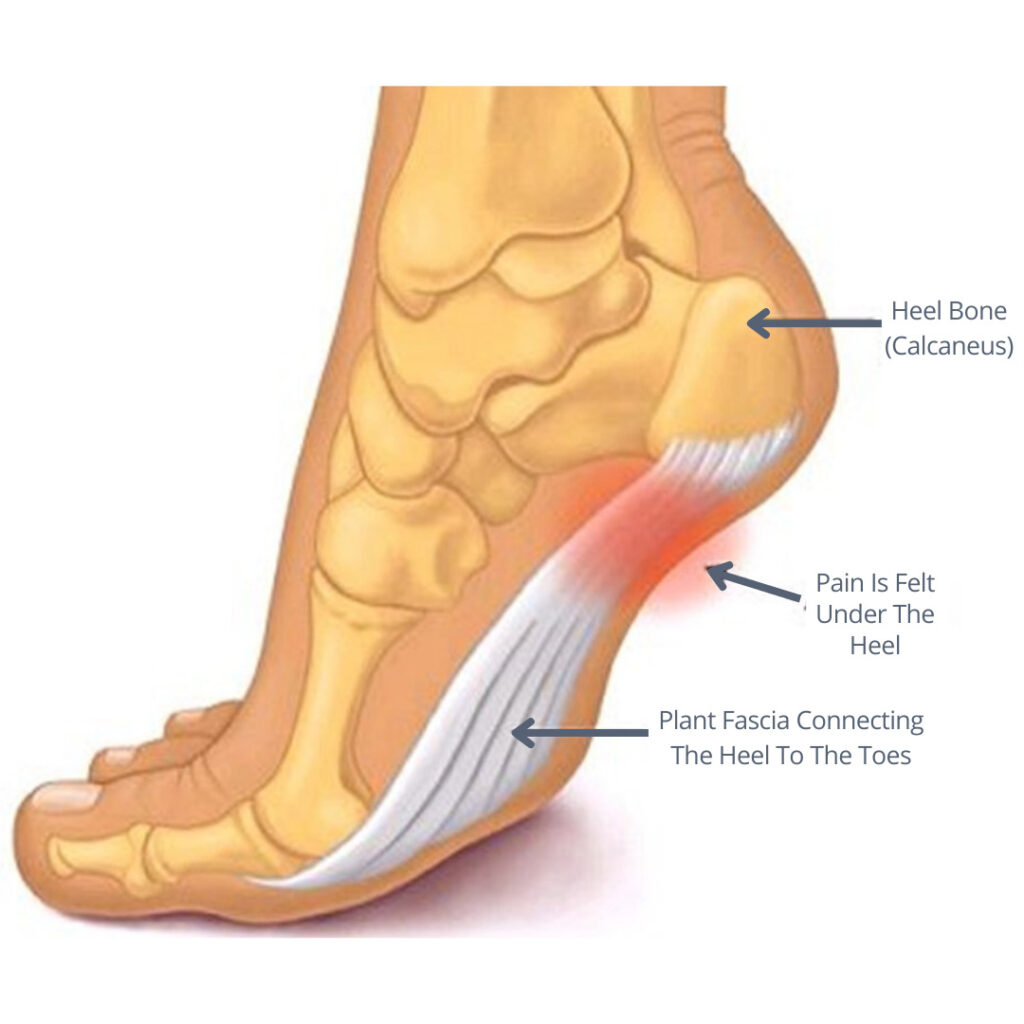
Credit: www.centralperformance.com.au
Frequently Asked Questions Of Heel Pain After Running
Faq 1: How Can I Prevent Heel Pain After Running?
To prevent heel pain after running, make sure to wear proper running shoes, stretch before and after your run, gradually increase your mileage, and listen to your body’s warning signs.
Faq 2: What Are The Common Causes Of Heel Pain After Running?
The common causes of heel pain after running include plantar fasciitis, Achilles tendonitis, heel spur, stress fracture, and inadequate footwear.
Faq 3: How Long Does It Take For Heel Pain To Go Away After Running?
The duration of heel pain recovery depends on the cause and severity. It can range from a few days with rest and ice, to several weeks or months with physical therapy and other treatments.
Conclusion
Managing heel pain after running is crucial for maintaining an active lifestyle. By incorporating proper warm-ups, supportive footwear, and gradual intensity increases, you can prevent and alleviate such discomfort. Understanding your body’s signals and seeking professional guidance is key in addressing and avoiding recurring heel pain, ensuring an enjoyable running experience.

